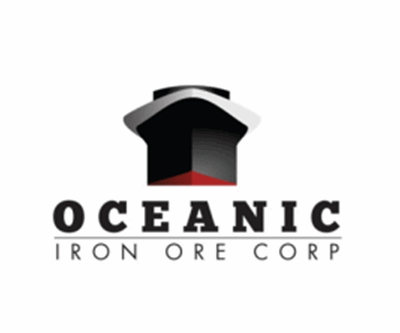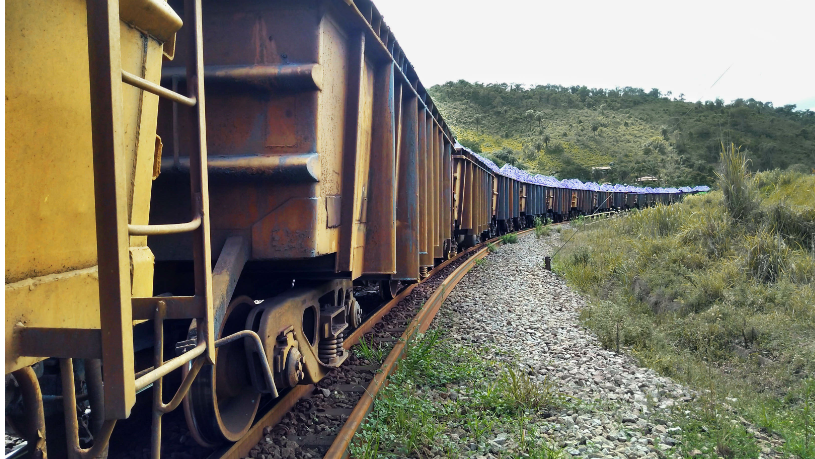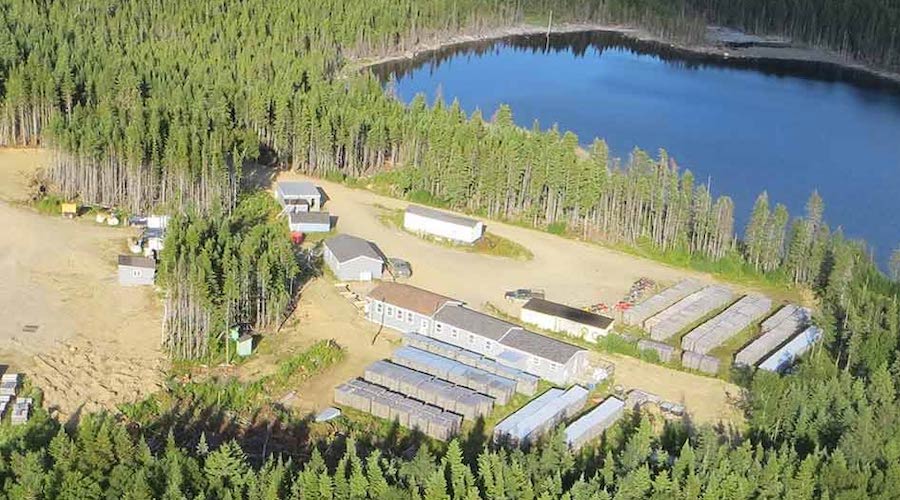Oceanic Iron Ore Corp.: assay results return 32.6 pct Fe total over 92.9m; results trend with historical data

Oceanic Iron Ore Corp. (TSX VENTURE:FEO)(OTCQX:FEOVF) (the “Company”) is pleased to announce the third set of assay results from its 2011 resource verification program. The results of the new assays continue to correlate well to those reported historically.
This latest set of results is based on twinned drill holes in the Castle Mountain, Zone 4, and Bay Zone “F” grids of the Hopes Advance Area. Further results from these grids as well as Zone 2, Iron Valley and additional Bay Zone grids are expected to be reported in the coming weeks, as will results from targeted “step-out” drill holes which have been completed.
| Comparison of Drill-Hole results – Current to Historic |
| 2011 Results | Corresponding Historic Drill Hole Results (1954 – 1957) | ||||||||||
| DDH | From | To | T.Width | % Fe total | DDH | From | To | T.Width | % Fe Soluble | ||
| (m) | (m) | (m) | (m) | (m) | (m) | ||||||
| Castle Mtn | |||||||||||
| HA-11-009A | 6.00 | 20.00 | 13.79 | 31.9 | % | P68 | 3.51 | 26.52 | 21.62 | 35.1 | % |
| HA-11-009A | 42.50 | 78.00 | 34.96 | 32.2 | % | P68 | 46.53 | 99.67 | 49.84 | 29.7 | % |
| HA-11-010 | 39.20 | 128.70 | 84.10 | 31.6 | % | P70 | 39.62 | 89.00 | 48.63 | 35.5 | % |
| HA-11-011 | 48.43 | 119.00 | 69.86 | 32.4 | % | P67 | 45.72 | 93.27 | 46.83 | 34.4 | % |
| HA-11-012 | 4.40 | 70.00 | 63.65 | 29.2 | % | P90 | 4.97 | 79.25 | 73.15 | 29.2 | % |
| Zone 4 | |||||||||||
| HA-11-025 | 1.00 | 48.00 | 44.93 | 37.5 | % | R104 | 1.52 | 48.77 | 45.17 | 36.6 | % |
| HA-11-026 | 24.45 | 75.20 | 50.74 | 34.4 | % | R120 | 27.43 | 68.58 | 41.15 | 35.3 | % |
| HA-11-029 | 27.30 | 62.00 | 34.36 | 28.7 | % | R131 | 4.57 | 70.10 | 64.89 | 28.9 | % |
| HA-11-030 | 24.90 | 94.20 | 66.62 | 32.7 | % | R132 | 15.24 | 71.63 | 54.21 | 35.0 | % |
| Bay Zone “F” | |||||||||||
| HA-11-038 | 1.56 | 105.84 | 92.91 | 32.6 | % | H148 | 0.00 | 86.56 | 77.12 | 34.8 | % |
Results have shown iron mineralization outcrops at the surface and continues at depth with a gentle downward dip demonstrating excellent potential for very low waste to iron stripping ratios. Furthermore, certain drill hole intersections demonstrate greater iron mineralization thicknesses than originally expected from the historical drill holes as the historical holes appear to have stopped in a lower unit of mineralisation with a slightly lower (but economic) iron grade. Drill holes HA-11-010, HA-11-011, HA-11-026, HA-11-30 and HA-11-038 have iron mineralization thicknesses varying between 9.6 m (HA-11-026) and as much as 35.5 m (HA-11-010) with total mineralized widths up to 92.9 m (HA-11-038).
Holes that have been reported to date continue to show low levels of sulphur and phosphorous.
The drilling is of NQ caliber with sample lengths being collected upto a maximum length of two meters. Assay samples collected are sent to ALS Chemex for Whole Rock analysis by lithium borate fusion and XRF (oxides), Ferrous iron by H2SO4 – HF and acid digestion and titrimetric finish, and Total Sulphur by LECO method.
More News
{{ commodity.name }}
{{ post.title }}
{{ post.date }}



Comments